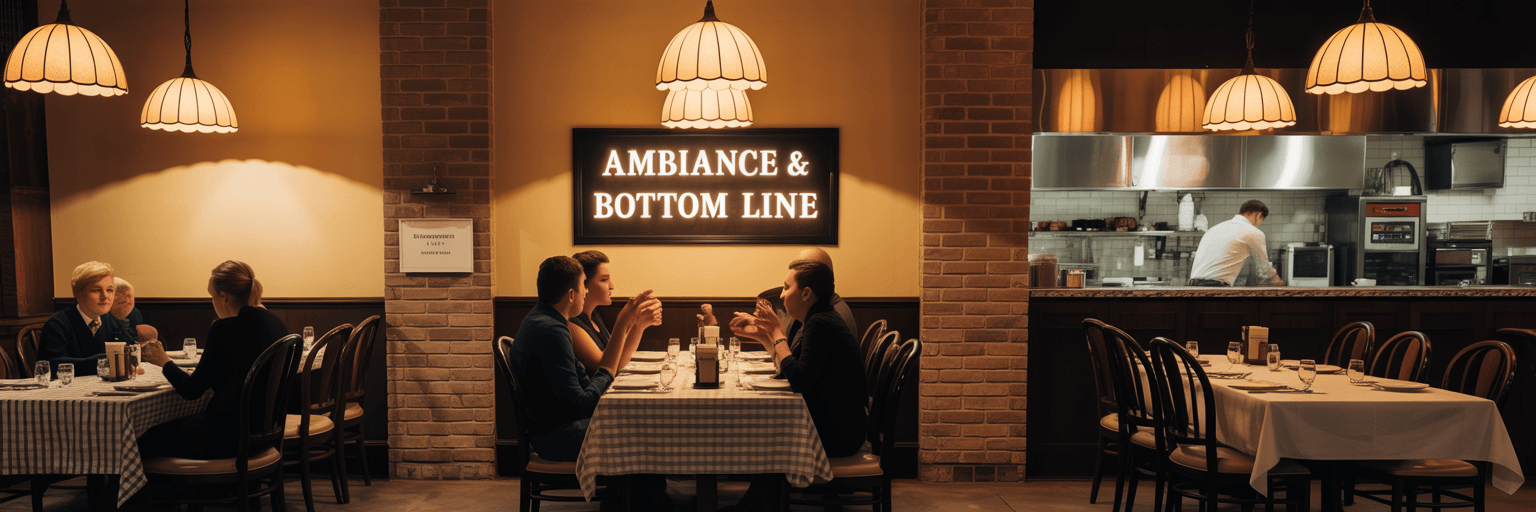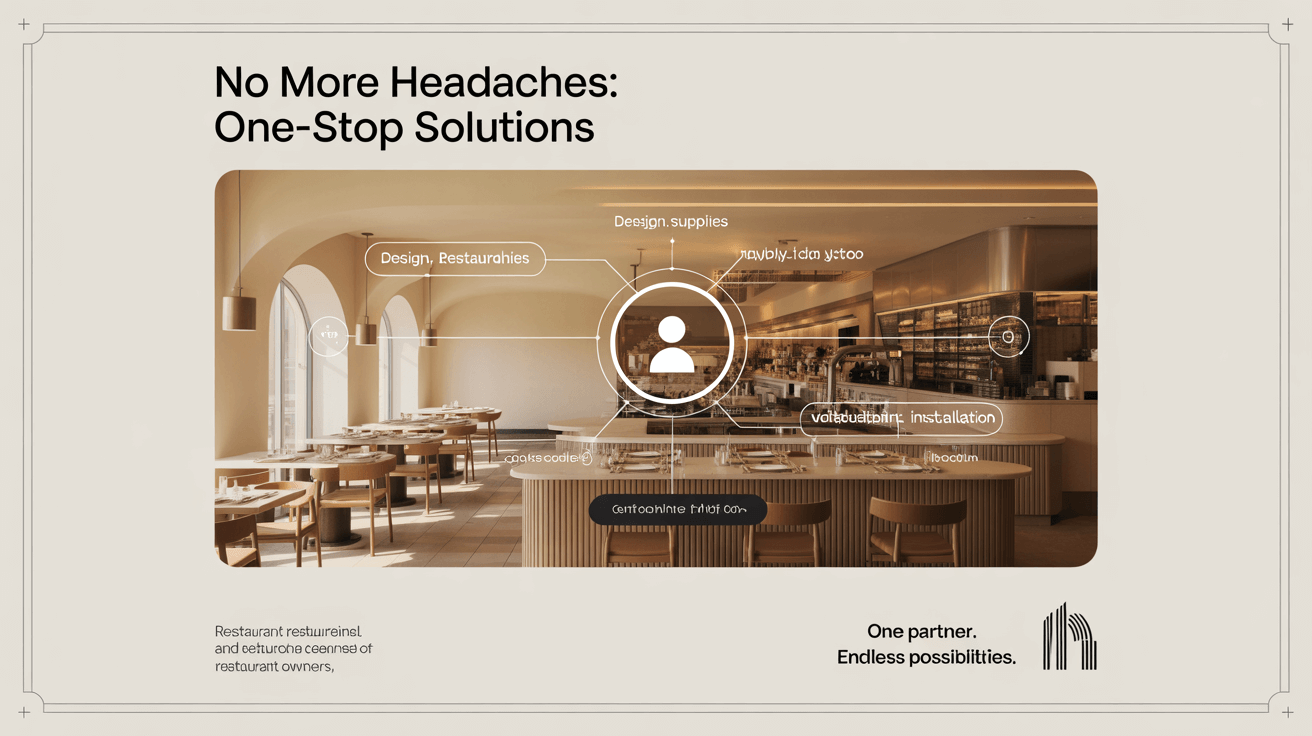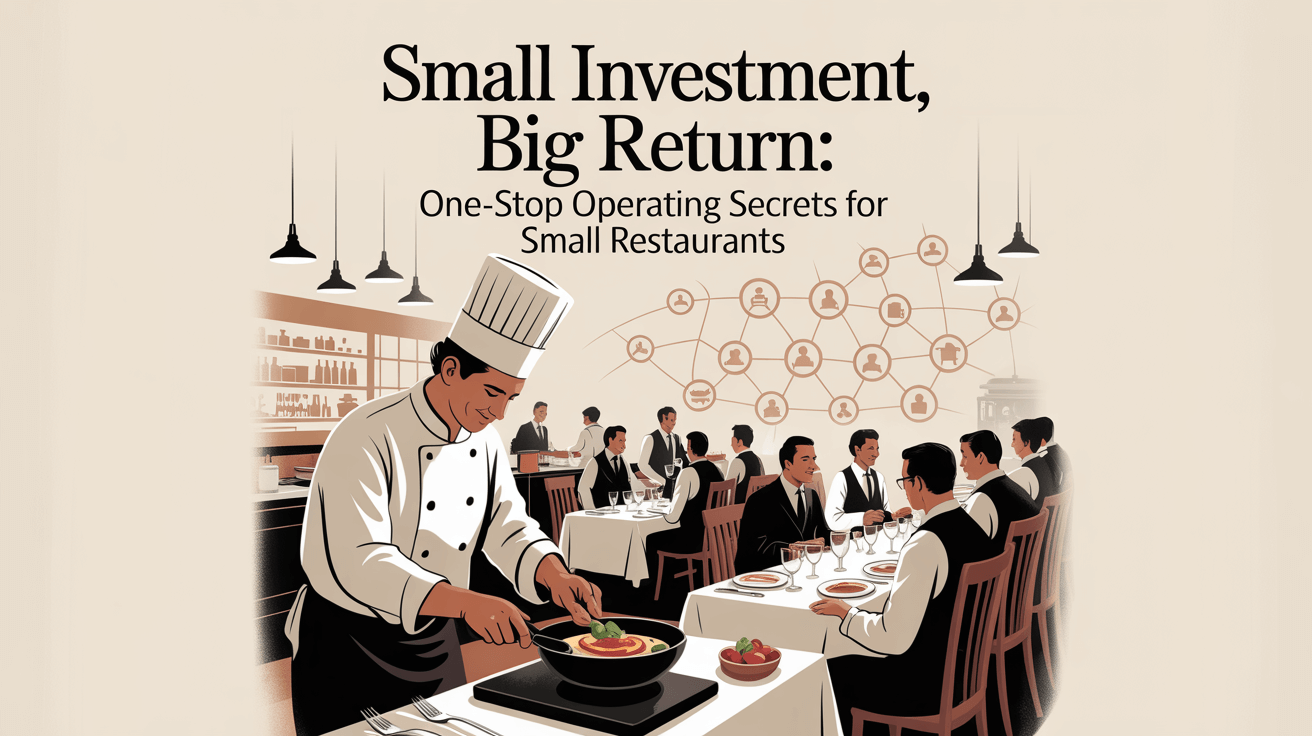where do restaurants buy their furniture reveals key sourcing channels—from direct makers to online specialists—so you secure quality seating and décor at minimal cost. But here’s the kicker… the right source shapes both ambiance and your bottom line.
1. Which direct factories serve restaurants?
● Local millworks crafting custom wood tables and booths
● Metal shops producing steel frames and accents
● Upholstery workshops building commercial seating
● Modular factories supplying bulk-standard runs
Ready for the good part? factory-direct pricing cuts up to 30% markup.
| Factory Type | Speciality |
|---|---|
| Millworks | Custom wood furniture |
| Metal Shops | Steel framing |
2. How do wholesalers simplify buying?
● Single catalog for multiple brands
● Warehoused stock enabling fast delivery
● Design consults with material samples
● Consolidated billing and logistics
What’s the real story? wholesalers balance selection with convenience.
3. Which online platforms suit B2B buyers?
● Alibaba connects to global factories
● Amazon Business vets bulk suppliers
● Faire and Tundra offer net-60 terms
● Wayfair Professional supplies hospitality
This is where it gets interesting… online reach demands careful vetting.
4. Which showrooms focus on hospitality?
● Regional furniture marts showcasing makers
● Trade shows like HD Expo and NeoCon
● Brand showrooms (e.g. RH Commercial)
● Booking agents with negotiated rates
But here’s the kicker… in-person trials confirm finish and comfort.
| Showroom Type | Access |
|---|---|
| Marts | Walk-in/RSVP |
| Trade Shows | Expo pass |
5. How do chains centralize purchasing?
● Corporate teams lock in pricing
● Preferred-vendor agreements ensure stock
● Bulk logistics reduce freight fees
● Standard specs maintain brand uniformity
Ready for the good part? scale unlocks deeper discounts.
6. Where do independents find bargains?
● Salvage yards repurposing vintage pieces
● Liquidators selling secondhand sets
● Craigslist and Facebook Marketplace
● Artisan makers for small-batch runs
What’s the real story? creative sourcing stretches tight budgets.
7. What custom design firms serve restaurants?
● Hospitality-focused interior studios
● Architects integrating furniture layouts
● Turnkey firms managing end-to-end installs
● Boutique shops crafting signature pieces
This is where it gets interesting… custom design elevates brand identity.
| Firm Type | Service |
|---|---|
| Design Studios | Concept to install |
| Turnkey Firms | Sourcing to setup |
8. What rental and leasing options exist?
● Event rental companies for pop-ups
● Short-term furniture leases for flexibility
● Rent-to-own programs easing cash flow
● Seasonal décor packages from stylists
But here’s the kicker… rentals minimize upfront capital outlay.
9. How do purchasing co-ops benefit buyers?
● Pool orders for volume discounts
● Shared warehousing cuts fees
● Collective negotiation secures terms
● Exclusive co-op product lines available
Ready for the good part? co-ops amplify purchasing power.
10. What B2B portals serve hospitality?
● Faire with net-60 payment terms
● Tundra with zero transaction fees
● Handshake curating specialized vendors
● Procurify automating approvals
This is where it gets interesting… portals streamline reorders and track spend.
| Portal | Terms |
|---|---|
| Faire | Net-60 |
| Tundra | No fees |
11. How do local networks aid sourcing?
● Chamber referrals to regional makers
● Hospitality associations vetting suppliers
● Networking events linking peers and vendors
● Peer recommendations reducing risk
What’s the real story? local ties often mean faster support.
12. What factors drive supplier choice?
● Lead times matching seasonal peaks
● Minimum orders fitting your scale
● Quality certifications like BIFMA and ISO
● Warranty terms and after-sale support
But here’s the kicker… thorough vetting prevents future headaches.
13. What delivery and install services are available?
● White-glove delivery with full assembly
● Curbside drop-off requiring in-house setup
● Professional crews anchoring and leveling
● Scheduled timing aligned with openings
Ready for the good part? turnkey services accelerate launch.
14. How is ROI calculated on furnishings?
● Cost per seat over expected lifespan
● Annual maintenance and repair spend
● Warranty versus replacement cycles
● Impact on guest satisfaction and turnover
This is where it gets interesting… ROI metrics guide smarter investments.
| Metric | Calculation |
|---|---|
| Cost per Seat | Total ÷ seats |
| Maintenance | Annual upkeep cost |
15. How do restaurants optimize ongoing sourcing?
● Review supplier performance annually
● Leverage analytics on purchase trends
● Maintain backup vendors for critical items
● Negotiate seasonal volume discounts
What’s the real story? continuous refinement secures best value.
Conclusion
Restaurants buy furniture through factories, wholesalers, showrooms, online B2B portals, co-ops, and rentals. Vet partners, leverage scale, and track ROI to furnish spaces that delight guests and fit your budget.
FAQ
Q1: Can I source directly from overseas factories?
Yes—platforms like Alibaba connect you globally; always verify samples and lead times.
Q2: Are rentals cost-effective?
Rentals lower upfront capital needs and offer design flexibility.
Q3: How do co-ops save money?
Co-ops pool orders to unlock volume discounts and reduced per-unit costs.
Q4: Should I hire a design firm?
Design firms boost cohesion but add service fees versus self-sourcing.
Q5: Which warranty terms matter most?
Aim for three-year frame and upholstery coverage for commercial durability.






